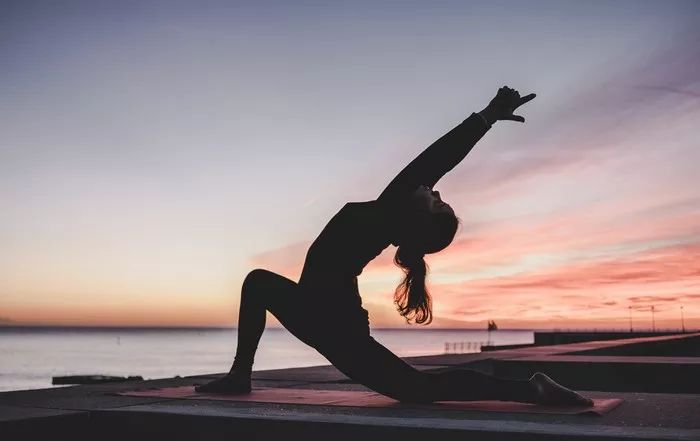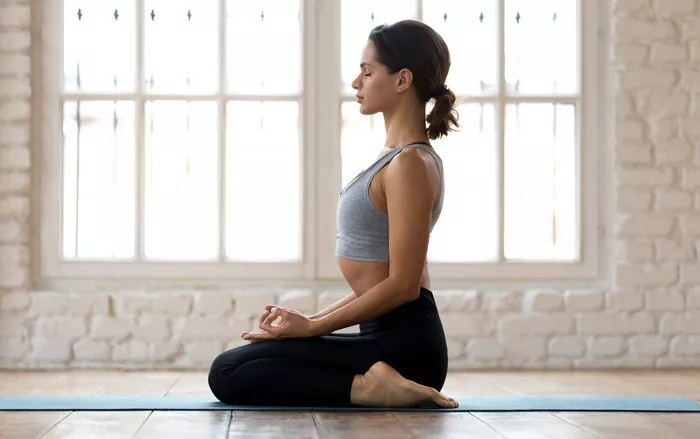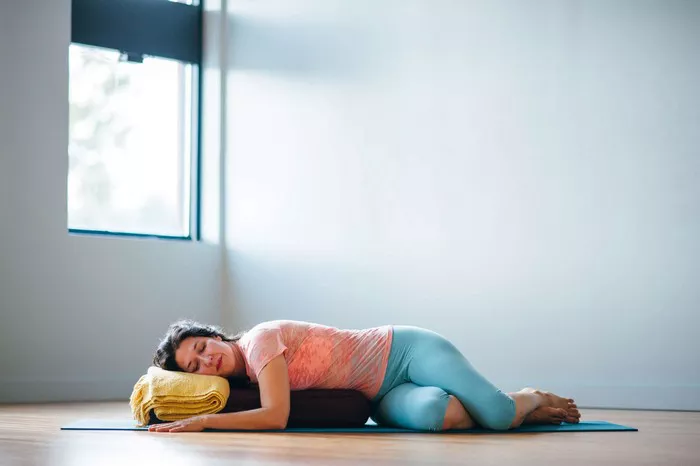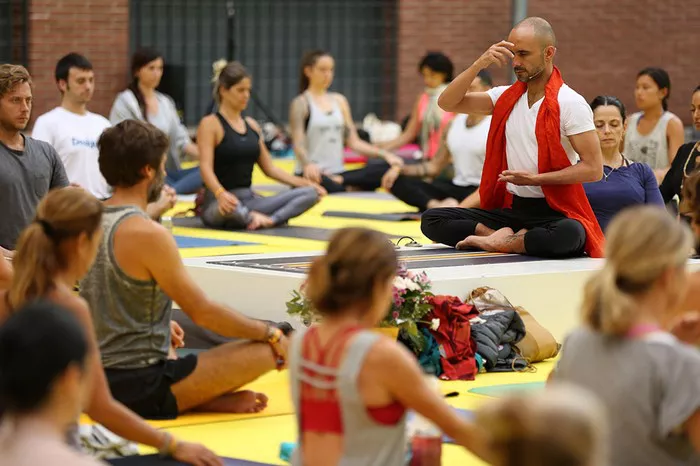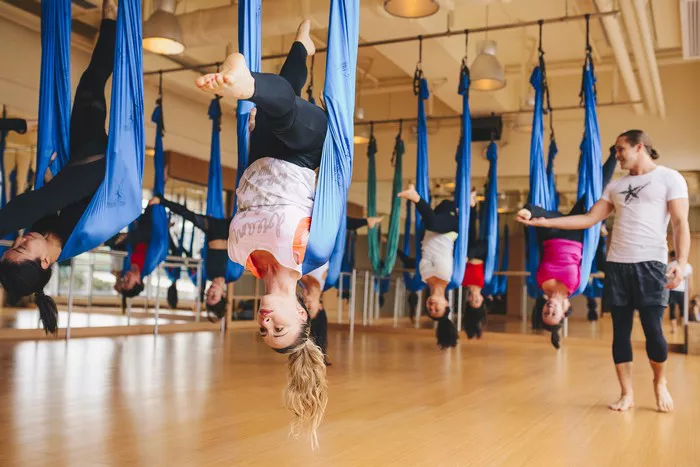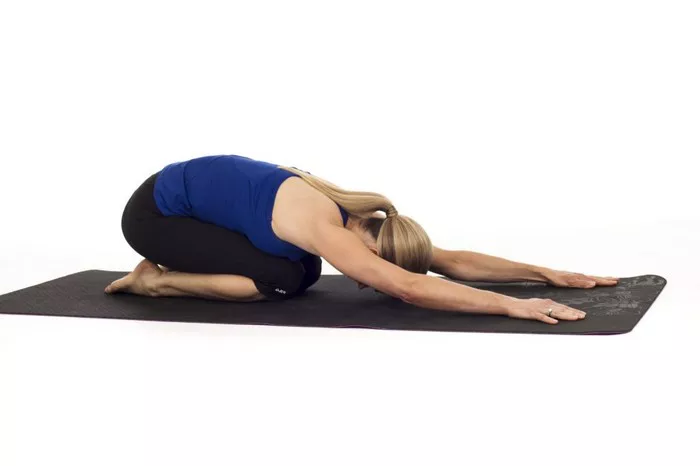Kayakalpa Yoga is an ancient form of yoga that focuses on rejuvenation, vitality, and health. Its name, derived from Sanskrit, roughly translates to “body transformation” or “body rejuvenation.” Kayakalpa Yoga is considered to be an advanced branch of yoga that combines physical, mental, and spiritual practices to cleanse and rejuvenate the body, mind, and soul.
This system of yoga aims to slow down the aging process and promote longevity. The teachings of Kayakalpa Yoga are rooted in ancient Indian wisdom, and they are designed to revitalize the body’s cells and energies through specific practices. The five basic principles of Kayakalpa Yoga are essential components of this system, each contributing to its effectiveness. In this article, we will delve into these five principles and explore their significance in the practice of Kayakalpa Yoga.
1. Sattvic Diet: The Foundation of Rejuvenation
The first and foremost principle in Kayakalpa Yoga is the adoption of a Sattvic diet. The term “Sattvic” comes from the Sanskrit word “Sattva,” which means purity, clarity, and harmony. A Sattvic diet consists of foods that are light, nourishing, and easy to digest, and it avoids substances that can disturb the body’s balance.
A Sattvic diet is believed to be an essential foundation for rejuvenation because it nourishes the body with essential nutrients while keeping the mind calm and focused. It is said that the food we consume has a direct effect on the quality of our thoughts and emotions, and by eating pure and wholesome foods, we can ensure the smooth functioning of our bodily systems and mental well-being.
A Sattvic diet in the context of Kayakalpa Yoga typically includes fresh fruits, vegetables, whole grains, nuts, seeds, and dairy products like milk and ghee. Foods that are processed, spicy, overly salty, or contain artificial additives should be avoided, as they disrupt the natural flow of energy within the body. Additionally, alcohol, caffeine, and other stimulants are strictly prohibited, as they interfere with the body’s ability to maintain its natural balance.
By adopting a Sattvic diet, practitioners of Kayakalpa Yoga can experience greater vitality, enhanced immunity, and a sense of clarity in both the mind and body. This dietary practice, when combined with other principles of Kayakalpa Yoga, plays a key role in slowing the aging process and promoting longevity.
2. Pranayama: Breath Control for Vitality
Pranayama, or controlled breathing, is the second fundamental principle of Kayakalpa Yoga. The word “Pranayama” is a combination of two Sanskrit words: “Prana,” meaning life force or vital energy, and “Ayama,” meaning control or regulation. Pranayama involves the practice of controlling and regulating the breath to harness the life force and direct it through the body.
In Kayakalpa Yoga, Pranayama techniques are used to rejuvenate the body by revitalizing the internal organs, increasing the flow of oxygen to the brain, and balancing the nervous system. It is believed that through conscious breathing, we can activate the body’s natural healing processes and restore energy levels, ultimately promoting better health and longevity.
There are various types of Pranayama techniques used in Kayakalpa Yoga, including:
- Nadi Shodhana (Alternate Nostril Breathing): This technique balances the flow of energy between the two nostrils and clears the energy channels in the body. It is said to calm the mind and relieve stress.
- Kapalbhati (Skull Shining Breath): This cleansing technique involves rapid exhalations and passive inhalations, which help detoxify the body, improve digestion, and stimulate the brain.
- Bhastrika (Bellows Breath): Bhastrika involves deep, forceful inhalations and exhalations, which help invigorate the body and mind. It is said to increase energy levels and strengthen the respiratory system.
- Ujjayi (Victorious Breath): Ujjayi is a slow and controlled breathing technique that creates a sound similar to ocean waves. It is calming and helps regulate the mind.
By practicing Pranayama regularly, Kayakalpa Yoga practitioners can improve their physical health, mental clarity, and emotional stability. Breath control is considered a powerful tool for rejuvenating the body and mind, helping practitioners to overcome stress, fatigue, and the effects of aging.
3. Mudras and Bandhas: Energetic Locks and Gestures
Mudras and Bandhas are essential tools in the practice of Kayakalpa Yoga. Both Mudras and Bandhas are used to control the flow of energy in the body and enhance the effectiveness of yoga postures and meditation. They are considered subtle yet powerful techniques for channeling prana (life force energy) and promoting healing and rejuvenation.
Mudras:
Mudras are specific hand gestures or body postures that help direct the flow of prana. These gestures are believed to influence the energy in the body and affect various organs and systems. There are several Mudras used in Kayakalpa Yoga, each serving a unique purpose.
For example, the Gyan Mudra (thumb and index finger touching) is often practiced during meditation to enhance concentration and promote mental clarity. The Anjali Mudra (palms pressed together in prayer position) is used to invoke a sense of balance and harmony.
Bandhas:
Bandhas, or energy locks, are specific muscular contractions that help seal and direct the flow of energy in the body. There are three primary Bandhas in Kayakalpa Yoga:
- Mula Bandha: The root lock, which involves contracting the perineal muscles to seal the root energy center.
- Uddiyana Bandha: The abdominal lock, which is performed by drawing the abdomen inward toward the spine.
- Jalandhara Bandha: The throat lock, which involves tucking the chin toward the chest while keeping the spine straight.
By practicing Mudras and Bandhas in conjunction with asanas (physical postures) and Pranayama, practitioners of Kayakalpa Yoga can experience enhanced energy flow, improved vitality, and a greater sense of physical and mental well-being.
4. Asanas: Postures for Strength, Flexibility, and Balance
The fourth principle of Kayakalpa Yoga involves the practice of asanas, or yoga postures. Asanas are physical exercises that help strengthen the body, improve flexibility, and enhance overall health. In the context of Kayakalpa Yoga, asanas are specifically designed to stimulate and revitalize the body’s internal organs, improve circulation, and promote the smooth flow of prana.
While Kayakalpa Yoga incorporates many traditional yoga postures, the focus is on those that target the body’s energy channels (known as nadis) and the endocrine glands. Specific asanas help activate the flow of prana, leading to the rejuvenation of tissues and organs. For example:
- Surya Namaskar (Sun Salutation): A sequence of twelve postures that enhance flexibility, strength, and balance while stimulating the circulatory system.
- Bhujangasana (Cobra Pose): This posture helps open the chest, improve spinal flexibility, and stimulate the digestive organs.
- Sarvangasana (Shoulder Stand): This inversion posture helps improve circulation, stimulates the thyroid gland, and supports the health of the nervous system.
Regular practice of asanas in Kayakalpa Yoga can lead to a more supple body, greater endurance, and better overall health. Additionally, the physical practice helps cultivate a deep sense of relaxation, which contributes to mental clarity and emotional balance.
5. Meditation: Cultivating Inner Peace and Mental Clarity
The fifth principle of Kayakalpa Yoga is the practice of meditation. Meditation is considered one of the most powerful tools for rejuvenation, as it helps calm the mind, reduce stress, and enhance mental clarity. In Kayakalpa Yoga, meditation is seen as a means of tapping into the body’s innate healing power and restoring balance to the mind and emotions.
There are several forms of meditation used in Kayakalpa Yoga, including:
- Dhyana (Concentration Meditation): This type of meditation involves focusing the mind on a single point of concentration, such as the breath, a mantra, or an image. It helps improve mental focus and clarity.
- Trataka (Candle Gazing): Trataka is a technique where the practitioner focuses on the flame of a candle to improve concentration and calm the mind.
- Visualization: This technique involves visualizing healing energy flowing through the body, promoting physical and mental rejuvenation.
- Mantra Meditation: Repeating a specific mantra or sound helps focus the mind and elevate spiritual awareness.
Through meditation, practitioners of Kayakalpa Yoga can attain a deep sense of inner peace, reduce the negative impact of stress, and cultivate a positive mental attitude. The mind, when calm and centered, is believed to have a profound effect on the body’s ability to heal and rejuvenate.
Conclusion
Kayakalpa Yoga is a powerful system of rejuvenation that combines diet, breath control, physical postures, energy locks, and meditation to promote vitality, longevity, and overall health. The five basic principles—Sattvic diet, Pranayama, Mudras and Bandhas, Asanas, and Meditation—work in harmony to rejuvenate the body, mind, and spirit. When practiced with dedication and consistency, Kayakalpa Yoga can help slow the aging process, enhance mental clarity, and foster a deep sense of well-being.
Kayakalpa Yoga is not just a set of physical exercises or techniques; it is a holistic approach to life that encourages balance, harmony, and vitality. Through these five principles, practitioners can experience profound transformations, both on a physical and spiritual level.
Related Topics:

